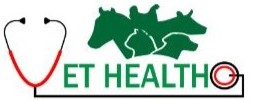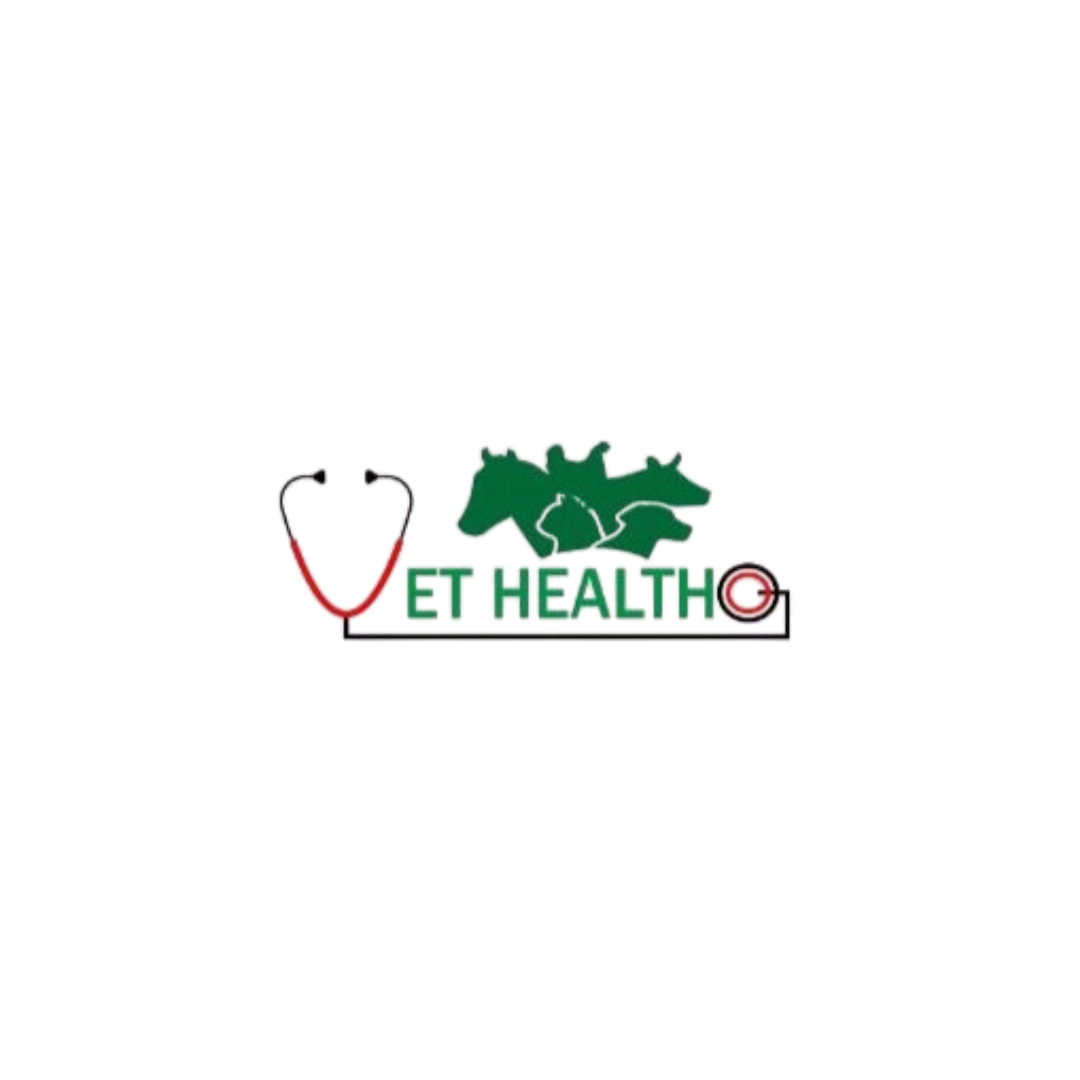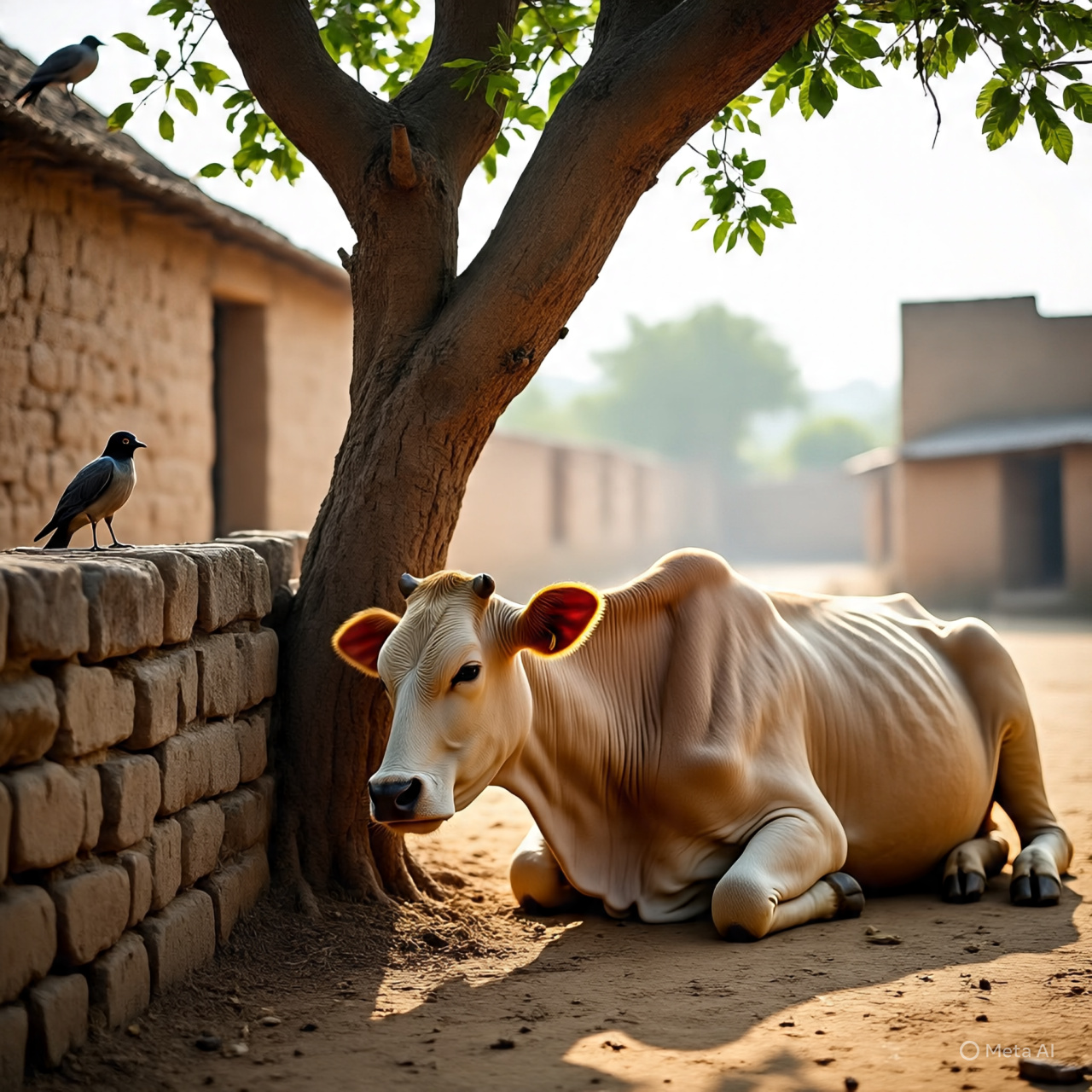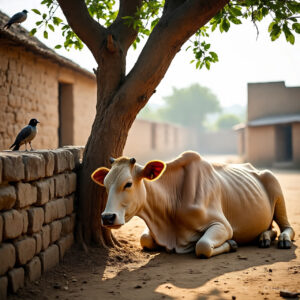Seasonal Diseases in Cattle and Prevention Tips
Cattle face various seasonal diseases throughout the year.
These affect productivity, health, and welfare of the herd.
Understanding common illnesses helps farmers take prompt action.
🌦️ Spring: Common Diseases and Prevention
Pulpy Kidney Disease
Caused by Clostridium perfringens in lush grass.
Symptoms: sudden death, diarrhea, inability to stand, abdominal pain.
Prevention: vaccinate annually, avoid overfeeding rich pasture, keep animals calm.
Pasteurellosis
Occurs when temperature fluctuates in spring.
Symptoms: fever, nasal discharge, coughing, rapid breathing.
Prevention: vaccinate, ensure well-ventilated housing, reduce overcrowding.
Mastitis Spike
Cool mornings bring dew on grasses.
Cows stand in damp environments causing udder inflammation.
Prevention: clean udders before milking, keep stalls dry, use teat dips.
🌞 Summer: Hot Weather Risks
Heat Stress
High temperatures, humidity increases animal welfare problems.
Symptoms: panting, reduced feed intake, lower milk yield.
Prevention: provide shade, free access to clean water, use fans, sprinkle water mist.
Pinkeye (Infectious Bovine Keratoconjunctivitis)
Fly bites and dust injure eyes.
Symptoms: red swollen eyelids, excessive tearing, clouded eye.
Prevention: use fly control, apply eye lubricants, isolate infected cattle.
Foot Rot
Hot, wet ground in summer promotes bacteria.
Symptoms: lameness, swelling, foul smell between hooves.
Prevention: clean and dry barns, trim hooves, use foot baths with copper sulfate.
🍁 Autumn: Cooling Weather Effects
Parasitic Worm Infections
Worms develop during warm humid summer.
Symptoms: weight loss, diarrhea, rough coat, anemia.
Prevention: deworm with proper rotation, rotate grazing fields, avoid overstocking.
Liver Fluke
Snail-borne parasite in damp pastures.
Symptoms: weight loss, anemia, fluid-filled abdomen.
Prevention: deworming, manage wet areas, keep animals from marshy terrain.
Chronic Pneumonia
Chills and temperature fluctuations stress cattle immune system.
Symptoms: cough, fever, slow growth, nasal discharge.
Prevention: good ventilation, reduce stress, vaccinate, isolate new animals.
❄️ Winter: Cold Months Challenges
Frostbite and Chilblains
Prolonged exposure to cold and wind.
Symptoms: blackened ears, frostbite on tail, swollen extremities.
Prevention: provide windbreaks, dry bedding, ensure shelter from wind.
Nutritional Cold Stress
Cold compels cattle to require more energy.
Symptoms: weight loss, reduced milk yield, cold stress behaviors.
Prevention: increase energy rations, use good-quality forage, supplement warmed water.
Calf Scours
Cold wet weather increases diarrheal disease in calves.
Symptoms: watery diarrhea, dehydration, weak calves.
Prevention: keep calving pens dry, vaccinate dams, ensure colostrum intake.
🧭 Year-Round Prevention Strategies
- Vaccination program: cover all seasons, booster schedules
- Clean biosecurity: clean water troughs, disinfect pens, quarantine newcomers
- Environmental hygiene: dry yards, remove manure, rotate paddocks
- Balanced nutrition: forage, minerals, vitamins support immunity
- Vector reduction: fly traps, rodent control, clean barns
- Regular health checks: monitor body condition, temperature, behavior
- Stress reduction: avoid overcrowding, calm handling, gentle weaning
🔍 Early Detection Tips
| Warning Sign | Action |
|---|---|
| Coughing, nasal discharge | Isolate animal, call vet |
| Lagging growth, poor coat | Check diet and deworming |
| Lameness, hoof heat | Clean and treat foot |
| Reduced feed/water intake | Watch daily intake |
| Diarrhea in calves | Rehydrate, check for scours |
🚜 Farmer Case Studies
Case 1: Calf Scours Prevention
A dairy farmer in Iowa ensured colostrum feeding and clean bedding.
Result: calf scour cases dropped by 60% in one season.
Case 2: Heat Stress Relief
A farm in Texas installed shade cloth and fans.
Milk yield increased 15% in summer months.
🏥 When to Call a Vet
- Persistent fever above 104°F
- Severe diarrhea or dehydration
- Rapid breathing or coughing
- Non-healing wounds
- Sudden lameness or neurological signs
🧠 Educating Field Workers
- Hold farm workshops on seasonal disease risks
- Use posters showing disease signs
- Demonstrate vaccination techniques
- Encourage record keeping of disease incidents
🧾 Conclusion
Seasonal diseases in cattle challenge farm productivity.
But with prevention strategies, farmers can maintain healthy herds.
Year-round care, vigilance, and support ensure sustainable livestock farming.




